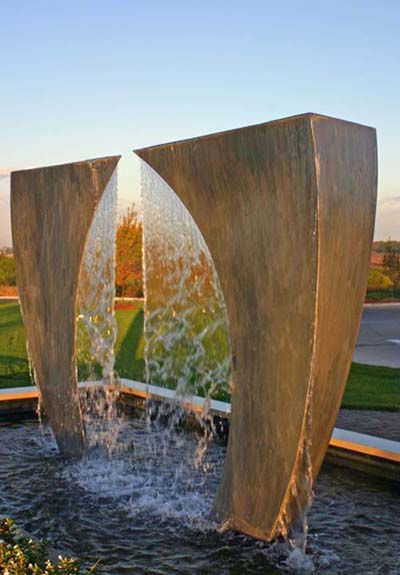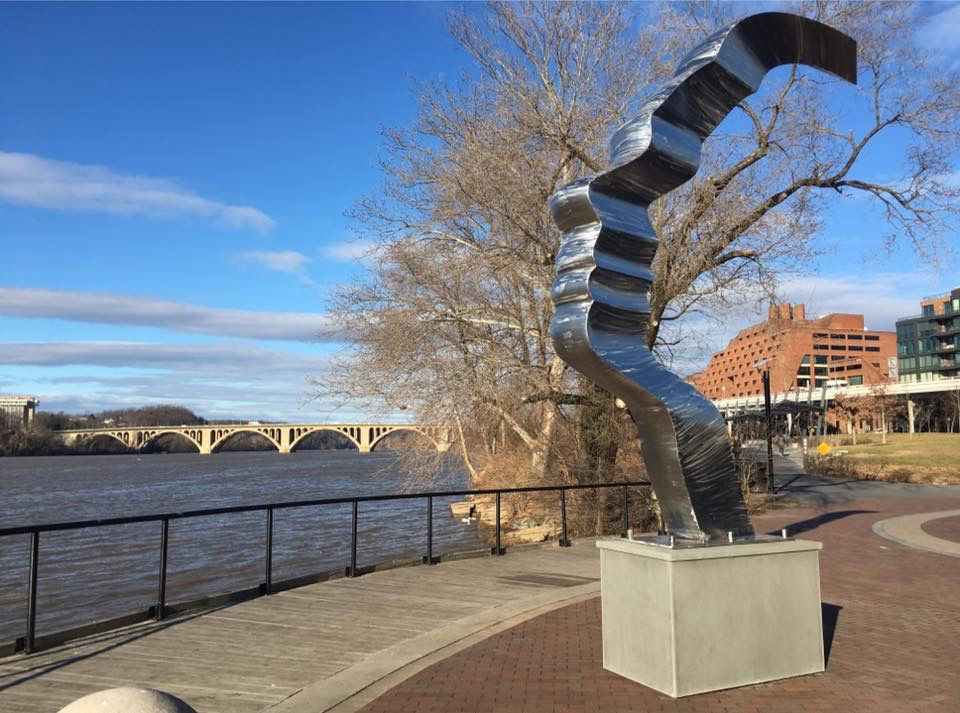Kinetic Sculpture: Nature’s Energy Captured in Motion
- sonya4083
- Aug 1
- 3 min read
Wind has always fascinated me. As a child, I could spend hours watching leaves sway outside my window, drawn in by their unpredictable movement, the delicate balance of resistance and surrender. What seemed so simple then, a breeze through the trees, would later become the driving force behind one of the central themes in my work: kinetic sculpture.
Today, I design sculptures that harness natural forces like wind and water, translating their invisible rhythms into visual poetry. Kinetic sculpture allows energy to be seen and felt. It invites us to pause in the midst of our daily motion and tune into something elemental, something ancient. Nowhere is this more evident than in Voyagers, a large-scale wind kinetic and water sculpture installed at the Haseko Corporation Resort in Ewa Beach, O‘ahu, Hawai‘i.

Voyagers: A Tribute to Polynesian Ingenuity
Located at the entrance of a multi-hotel and resort complex, Voyagers pays homage to the legacy of the Polynesian peoples, who crossed thousands of miles of open ocean guided only by the stars, wave patterns, and tides. The sculpture’s soaring forms were inspired by the sails of the Va‘a, the ancient double-hulled Polynesian canoe that symbolizes exploration, ingenuity, and humanity’s intimate connection to nature, particularly the sea.
The Va‘a is not only a vessel of travel but of cultural memory. It speaks to the resilience and navigational mastery of the Polynesian people, who cultivated a profound relationship with their environment to chart courses that modern technology still marvels at. In recent years, the worldwide voyage of the Hōkūle‘a, a modern recreation of the traditional canoe, has sparked a renaissance in Hawaiian culture and reaffirmed the significance of these ancestral practices.
Voyagers sits atop a triangular reflecting pool that recalls the pointed bow of a canoe cutting through the sea. Beneath the water, submerged lighting represents the stars once used for celestial navigation, honoring the union of science and intuition that guided these historic journeys. In its form and presence, the sculpture becomes a symbolic vessel: one that carries memory, identity, and movement into the present moment.
The Art and Engineering of Motion
Designing kinetic sculptures requires more than creativity, it demands a deep understanding of physics, material science, and environmental behavior. Each piece is one-of-a-kind, engineered to respond to its specific site conditions. These sculptures don’t merely spin in repetitive cycles; they are designed for dynamic motion, with energy pathways built into their core.
One of the internal mechanisms I often employ involves a cable-driven system that stores and releases energy. As the wind moves the sculpture, it winds a central internal pole via a torsional cable. This action builds up potential energy until it reaches its mechanical limit, at which point the direction reverses, releasing the stored energy in the form of kinetic motion. The resulting effect is a graceful, deliberate swing or spin, never monotonous, but constantly shifting in rhythm with the environment.
This thoughtful choreography between natural force and engineered form is what makes kinetic sculpture unique. It’s not simply reacting to wind, it’s dancing with it. These pieces live between control and surrender, anchored in their foundations yet constantly adapting to the world around them.
There’s an inherent paradox in kinetic sculpture: it is grounded, yet it moves. It is anchored in steel, yet it yields to air. These dualities are what make this art form so engaging, and so needed. In a time when we are inundated with digital stimuli and constant acceleration, kinetic sculpture offers something rare: a reason to look up, breathe, and reconnect with the forces we can’t control but can learn to witness.
In public plazas, sculpture parks, and resort landscapes, kinetic works act as quiet interventions, revealing the poetry of wind and water, and inviting us to dwell, even briefly, in nature’s rhythm.





Comments